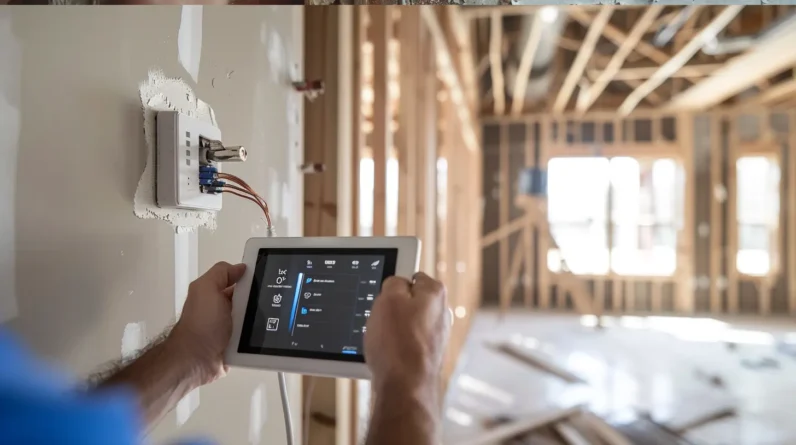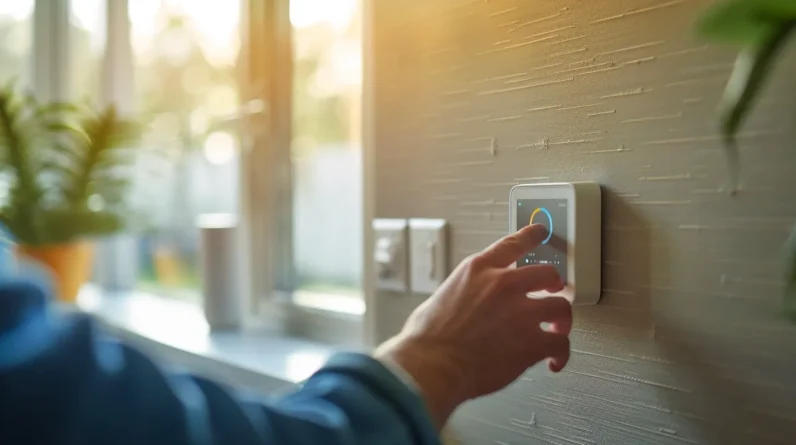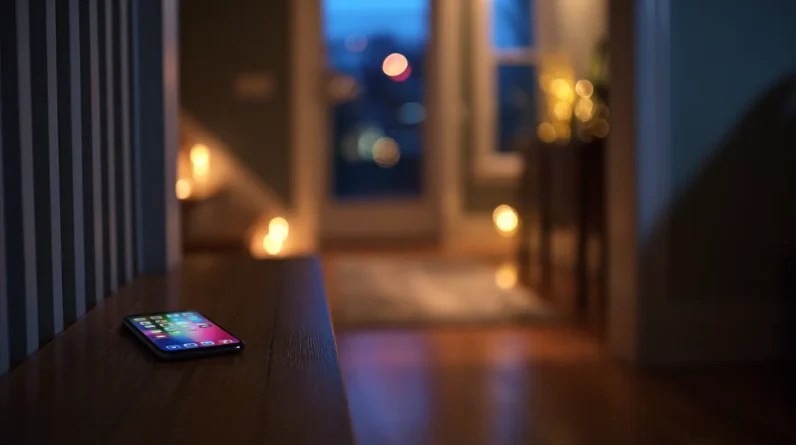
Smart home automation promises efficiency but delivers dependency—we’re trading practical skills for algorithmic control while corporations harvest intimate data from our domestic lives. Research shows these systems create learned helplessness as basic capabilities atrophy, while surveillance capitalism commodifies our behavioral patterns. When connectivity fails, we’re left unable to perform simple tasks our grandparents managed effortlessly. The convenience masks a troubling reality: we’re surrendering autonomy to proprietary ecosystems that prioritize data extraction over our security. Understanding these mechanisms reveals what we’ve actually sacrificed.
When Convenience Becomes Dependency: The Hidden Cost of Automated Living
While smart home systems promise to simplify our daily routines, they’re simultaneously eroding our capacity to function without technological intermediaries. We’re witnessing a cognitive offloading phenomenon where basic household management skills atrophy through disuse. Research indicates that automated scheduling, climate control, and lighting systems create learned helplessness—we’ve forgotten how to manually adjust thermostats or plan energy consumption. This dependency mirrors digital addiction patterns, where dopamine-driven engagement loops keep us tethered to control apps. When systems fail—and they inevitably do—we’re left vulnerable. The irony? These platforms cite “eliminating human error” as justification, yet introduce new failure points through software bugs, connectivity issues, and cybersecurity vulnerabilities. We’ve traded one problem set for another, ostensibly more complex one.
Your Smart Home Is Watching: Privacy Erosion in the Age of Connected Devices
Every smart device in our homes functions as a surveillance node, collecting granular data about our behavioral patterns, preferences, and daily rhythms. This constant monitoring feeds surveillance capitalism—a business model where our intimate domestic lives become profitable commodities. When we adjust thermostats, open doors, or ask virtual assistants questions, we’re generating valuable datasets that companies aggregate, analyze, and monetize.
The infrastructure we’ve installed doesn’t merely serve us; it extracts from us. Data breaches expose these vulnerabilities repeatedly, revealing how manufacturers prioritize data collection over security protocols. We’ve basically granted corporations unprecedented access to our private spaces, creating detailed psychological profiles that extend far beyond what we consciously share. The smart home architecture we’ve embraced operates as persistent surveillance infrastructure.
The Fragility Problem: Why Automation Makes Us Less Resilient
As our homes become increasingly automated, we’re systematically dismantling the practical knowledge and manual capabilities that once made households resilient to disruption. When system failures occur—and they inevitably do—we’re left helpless, unable to perform basic functions our grandparents executed without thought. This dependency compounds during critical moments when human error or infrastructure collapse renders our sophisticated systems inoperative.
Consider these vulnerabilities:
- Deskilling effect: We’re forgetting how to manually adjust thermostats, operate blinds, or troubleshoot basic mechanical problems
- Single points of failure: One router malfunction paralyzes multiple household systems simultaneously
- Knowledge decay: Younger generations never acquire fundamental skills for managing home environments without digital intermediaries
- Emergency blindness: During power outages or network failures, we lose access to essential controls and monitoring capabilities
Losing Touch With Our Physical Spaces: the Disconnection Effect
The screens mediating our relationship with home environments create a fundamental perceptual shift: we experience our living spaces as data streams rather than physical places. This transformation constitutes a form of sensory deprivation. When we adjust thermostats through apps rather than feeling temperature gradients, when we monitor rooms via cameras instead of walking through them, we lose the tactile experience that grounds spatial awareness. Research demonstrates that reduced physical interaction with environments diminishes our capacity to perceive subtle environmental changes—moisture levels, air quality shifts, structural deterioration. We’re training ourselves to trust dashboard metrics over direct observation, replacing embodied knowledge with abstracted information. This disconnection doesn’t just make us less attentive homeowners; it fundamentally alters how we inhabit space, substituting genuine presence with remote surveillance.
Who Really Controls Your Home? Corporate Power Behind Your Smart Devices
Behind every smart home interface lies a corporate infrastructure that exerts unprecedented control over residential environments. We’re witnessing an erosion of household sovereignty as tech companies remotely manipulate devices we’ve purchased. Corporate influence extends beyond product functionality—these entities collect behavioral data, modify features through forced updates, and can render hardware obsolete at will.
Consider these manifestations of device manipulation:
- Remote kill switches that allow manufacturers to disable products unilaterally
- Proprietary ecosystems that lock us into single-vendor dependencies
- Terms of service changes that retroactively alter ownership rights
- Data monetization schemes that transform our homes into surveillance infrastructure
We’ve traded autonomy for convenience, granting corporations administrative privileges over our most private spaces while retaining merely user-level access to devices we nominally own.
The Moments We’re Losing: What Happens When We Automate Everything
Morning routines once required our attention—feeling the texture of curtains as we drew them open, hearing the click of a thermostat dial, noticing the satisfying resistance of a light switch. These tactile interactions grounded us in physical reality and provided cognitive shifts between activities. Automation eliminates these moments, replacing embodied experience with algorithmic prediction. Research indicates this cognitive offloading reduces our spatial awareness and environmental responsiveness. We’re outsourcing decision-making to systems that can’t distinguish between efficiency and engagement. The erosion of Human Connection extends beyond our devices—it fragments our relationship with physical space itself. This Digital Divide isn’t merely about access to technology; it’s about whether we retain agency over the sensory experiences that constitute daily life.
Conclusion
We’ve traded the friction of living for the fiction of control. Our homes now respond to our every command—yet we’re answering to algorithms we didn’t write, corporations we didn’t elect, and systems we can’t repair. The data shows convenience isn’t neutral: it’s extractive. While smart devices promise liberation, they’re building dependencies that strip our agency, surveil our lives, and leave us vulnerable when networks fail. Efficiency, we’re learning, has made us brittle.







